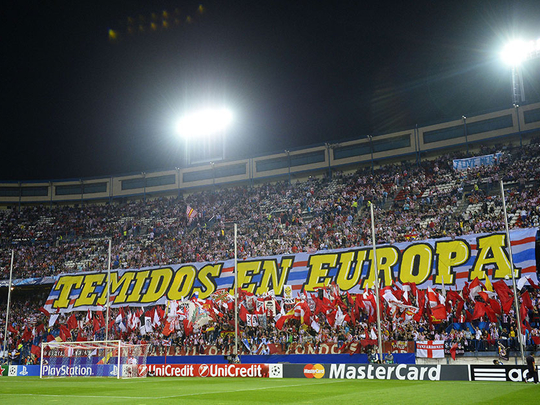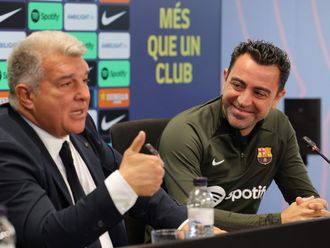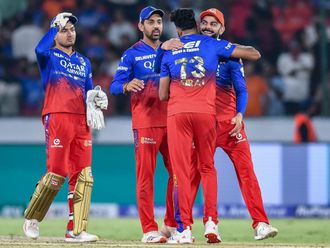
La Liga remains in shock after the death late last month of Deportivo La Coruna ultra supporter Francisco Javier Romero Taboada, known as ‘Jimmy’.
Allegedly killed at the hands of Atletico Madrid’s Frente Atletico ultras group, such a tragic end has brought the culture of the ‘ultra’ into sharp focus, but it’s not a new phenomenon.
Often defined purely as fanatical supporters who provide a hostile atmosphere and whose presence inside football stadia unsettles opponents, the truth is in fact much more sinister. Hooligan would be a much more appropriate term because, frankly, there is no place within La Liga, or any other league for that matter, for this type of ‘support.’
Violence and fear form an integral part of the modus operandi for any ultra, often with political bias attached. Far right leanings and racism are commonplace.
What’s interesting is that most of the Spanish league clubs have allowed themselves to be complicit in giving these groups oxygen for their cause, letting them use football as the vehicle to ensure their principles are propagated.
Only Joan Laporta, who took a stand in 2003 against Barcelona’s Boixos Nois hard-line supporter group, can emerge with any credit at this juncture.
Roughly translated as the ‘Crazy Boys’, the Boixos Nois were notorious in Spain for their clashes with the authorities, violent behaviour and more.
To give an idea as to the extent of the problem, before Laporta’s intervention, members of that group of ultras were given free tickets to all home matches, free transportation to away games and storage facilities at the ground for their flags and memorabilia.
I’d wager a guess that most other La Liga clubs afford their own ultra groups similar comforts because, in a league where away support is virtually non-existent, atmosphere is required. Tifos and flares, allied to continuous vocal backing, is something the ultras take great pride in providing.
But we aren’t talking about genuine fanatical support here. A man was killed. Brutally beaten with an iron bar and then thrown in a river to die.
That Javier Tebas, President of La Liga, has only recently announced measures to clamp down on all forms of football violence is akin to closing the stable door after the horse has bolted.
At an emergency meeting of the Anti-Violence Commission, Secretary of State for Sport Miguel Cardenal also noted: “There is going to be a before and an after in football and it will be apparent soon. It has been proposed that we draw up a list of all of the ultra groups to expel them from stadiums and to set out a time frame to do so.
“The proposals that have been put forward have come from the clubs and they are under no doubt that they will achieve this. It is a path that some clubs have already taken and this commitment is full and conclusive and I am convinced it will be effective.”
Effective for whom? Both Tebas and Cardenal are missing the point entirely.
As with the tragic events that unfolded in Madrid, ultra violence rarely takes place within the confines of a football stadium. Meets are organised by mobile phone and much more likely to happen in city centres and the like.
These proposed measures only serve a purpose of ensuring that clubs can push the problem to one side. Out of sight, out of mind if you prefer. Already overstretched police forces will face a further drain on resources, which in itself presents other problems.
Tebas’ further notion that prosecution will follow for any fans spouting invective within stadiums is laughable.
Real Madrid were handed an order by the LFP to ban 17 fans from the Santiago Bernabeu for abusive chants aimed at Barcelona and Lionel Messi, but does Tebas honestly expect the majority of clubs to follow suit?
Perhaps Spain can take its cue from the UK, where hooliganism, thankfully, appears to be a thing of the past and not as “fashionable” as it once was.
We can but hope. One supporter death is one too many.
— The writer is a freelance journalist and Spanish football expert











